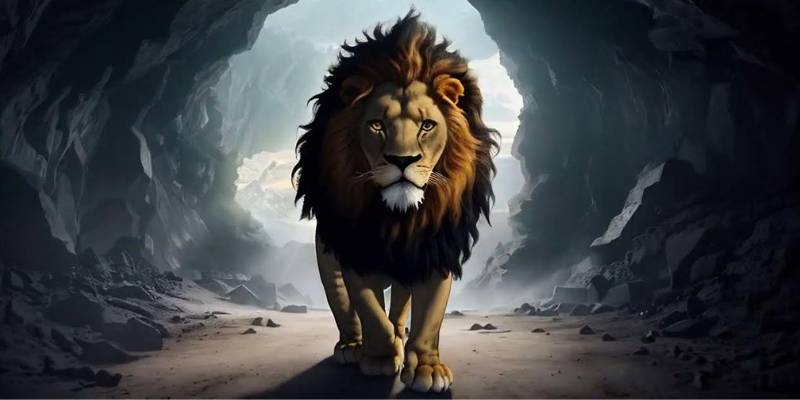It began like so many viral tales do—an image, a message, a whisper on WhatsApp. By dawn, people in a quiet village near Barabanki were convinced a lion was prowling their forest.
Panic spread like wildfire, and phones buzzed with warnings to stay indoors. But as it turns out, the lion never existed at all.
It was an AI creation, a digital mirage that blurred the line between fear and fiction, as detailed in this account of the Barabanki scare.
The image—eerily realistic and slightly too cinematic—had been conjured up by an 18-year-old student using a free AI tool. He reportedly shared it with friends, unaware of the domino effect it would trigger.
Within hours, forest officials were scouring the area, villagers were on edge, and WhatsApp groups became a feeding ground for speculation.
Officials eventually traced the photo back to its creator, who was later identified and counseled, as described in a follow-up report about the investigation.
You can’t really blame the villagers. The image looked authentic enough to make even seasoned wildlife trackers pause.
It had all the hallmarks of truth—dusty light, tense posture, even the lion’s faint reflection on the ground. And yet, it was as synthetic as a video game cutscene.
Incidents like this are becoming alarmingly common. Just a few months ago, another set of AI-generated wildlife photos, supposedly showing tigers wandering near a madrasa campus, led to disciplinary action against a teacher who shared them, a moment captured in an earlier report on AI animal hoaxes.
What’s fascinating—and a little frightening—is how quickly these visuals cross from digital novelty into lived reality. The problem isn’t just technology; it’s trust.
People are wired to believe their eyes, especially in communities where digital literacy is still evolving.
It reminds me of the recent uproar over an AI-generated deepfake video of Punjab’s Chief Minister, which triggered an FIR and a police investigation into misinformation campaigns, as described in a detailed breakdown of that controversy.
I can’t help but think about the human side of it. The young man behind the “AI lion” probably never imagined that his late-night experiment would send an entire region into a frenzy.
But that’s the paradox of AI—it amplifies both creativity and chaos. We’re all still learning how to live with technology that can imitate reality so flawlessly.
And yet, part of me finds the story oddly poetic. A lion that never existed still made people believe, fear, talk, and reflect.
That says something about our times—how truth is now something you have to double-click before you trust. Maybe that’s the wildest jungle of all.

